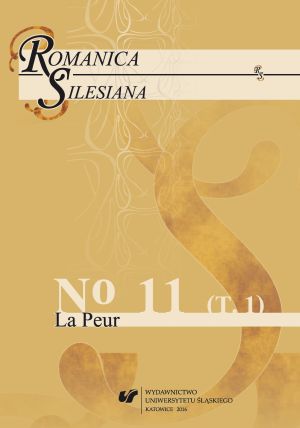Les références bibliques sont tirées de la Bible de Jérusalem. Paris, Éditions du Cerf.
Google Scholar
Livres et articles
Google Scholar
Augustin d’Hippone, 1865 : Contra Julianum Pelagianum. In : idem : Sancti Aurelii Augustini (10). Éd. Jacques-Paul Migne. Paris : Éditions J.-P. Migne, Collection Patrologie Latine (44).
Google Scholar
Augustin d’Hippone, 1969 : Enchiridion ad Laurentium, de fide et spe et caritate. Éd. Ernest Evans. In : Augustin d’Hippone : Aurelii Augustini opera (13–2). Turnhout : Brepols, Collection Corpus christianorum, Series Latina (46).
Google Scholar
Blatty William Peter, 1971 : L’Exorciste. Paris : Pavillons poche, Robert Laffont.
Google Scholar
Bodin Jean, 1580 : De la demonomanie des sorciers. Paris : Jacques du Puys.
Google Scholar
Flanagan Jane, 2001 : “South African men rape babies as ‘cure’ for Aids”. The Telegraph, 11 Nov, http://www.telegraph.co.uk/news/worldnews/africaandindianocean/southafrica/1362134/South-African-men-rape-babies-as-cure-for-Aids.html. Date de consultation : le 25 février 2016.
Google Scholar
King Stephen, 1984 : La Peau sur les os. Paris : Pocket, Albin Michel.
Google Scholar
King Stephen, 1998 : Désolation. Paris : J’ai lu.
Google Scholar
Le Quellec Jean-Loïc, 1995 : « Des lettres célestes au “copy-lore” et au “screen-lore” : des textes bons à copier ». Réseaux, no 74.
Google Scholar
Medora Nilufer, 2011 : “Prostitution in India: A Global Problem”. In : Rochelle L. Dalla, Lynda M. Baker, John Defrain et Celia Williamson, dir. : Global Perspectives on Prostitution and Sex Trafficking. Africa, Asia, Middle East, and Oceania. Plymouth, Lexington Books.
Google Scholar
Nicot Jean, 1606 : Thresor de la langue française. Paris : David Douceur.
Google Scholar
Périer Marguerite, 1954 : « Mémoire sur la vie de M. Pascal écrit par Mademoiselle Marguerite Périer ». In : Blaise Pascal: Œuvres complètes. Éd. Jacques CHevalier. Paris : Gallimard, Collection Pléiade (34).
Google Scholar
Sassonia Hercules, 1597 : Luis venereae perfectissimus tractatus. Padoue : Laurent Pasquato.
Google Scholar
Schleiner Winfried, 1994 : “Infection and Cure through Women: Renaissance Constructions of Syphilis”. Journal of Medieval and Renaissance Studies, no 24.
Google Scholar
Smith Francis B., 1979 : The People’s Health. 1830–1930. New York: Holmes and Meyer.
Google Scholar
Suzuki Kôji, 1996 : Dark Water. Paris : Pocket.
Google Scholar
Suzuki Kôji, 2014 : Ring. L’intégrale (Ring. Double Hélice. La Boucle). Paris : Pocket.
Google Scholar
Terpstra Nicholas, 2010 : Lost Girls. Sex and Death in Renaissance Florence. Baltimore: The John Hopkins University Press.
Google Scholar
Uther Hans-Jörg, 2004 : The Types of International Folktales: A Classification and Bibliography Based on the System of Antti Aarne and Stith Thompson. Vol. 1–3. Helsinki: Academia Scientiarum Fennica, 3 vols.
Google Scholar
Films
Google Scholar
Friedkin William, 1973: The Exorcist.
Google Scholar
Mitchell David Robert, 2014 : It Follows.
Google Scholar
Nakata Hideo, 1998: Ring.
Google Scholar
Tourneur Jacques, 1957 : Night of the Demon.
Google Scholar
Verbinski Gore, 2002: The Ring.
Google Scholar


